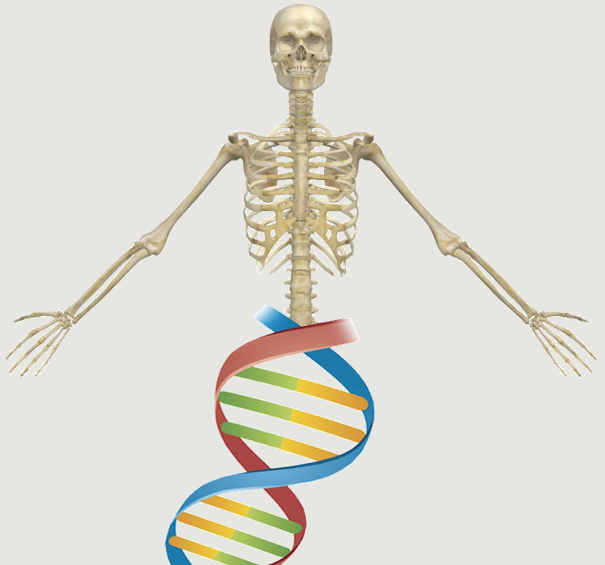Abstract:
UNLABELLED: A bioinformatics-based analysis of endochondral bone formation model detected several genes upregulated in this process. Among these genes the dickkopf homolog 3 (Dkk3) was upregulated and further studies showed that its expression affects in vitro and in vivo osteogenesis. This study indicates a possible role of Dkk3 in regulating bone formation. INTRODUCTION: Endochondral bone formation is a complex biological process involving numerous chondrogenic, osteogenic, and angiogenic proteins, only some of which have been well studied. Additional key genes may have important roles as well. We hypothesized that to identify key genes and signaling pathways crucial for bone formation, a comprehensive gene discovery strategy should be applied to an established in vivo model of osteogenesis. MATERIALS AND METHODS: We used in vivo implanted C3H10T1/2 cells that had been genetically engineered to express human bone morphogenetic protein-2 (BMP2) in a tetracycline-regulated system that controls osteogenic differentiation. Oligonucleotide microarray data from the implants (n = 4 repeats) was analyzed using coupled two-way clustering (CTWC) and statistical methods. For studying the effects of dickkopf homolog 3 (Dkk3) in chondrogenesis and osteogenesis, C3H10T1/2 mesenchymal progenitors were used. RESULTS: The CTWC revealed temporal expression of Dkk3 with other chondrogenesis-, osteogenesis-, and Wnt-related genes. Quantitative RT-PCR confirmed the expression of Dkk3 in the implants. C3H10T1/2 cells that expressed Dkk3 in the presence of BMP2 displayed lower levels of alkaline phosphatase and collagen I mRNA expression than control C3H10T1/2 cells that did not express Dkk3. Interestingly, the levels of collagen II mRNA expression, Alcian blue staining, and glucose aminoglycans (GAGs) production were not influenced by Dkk3 expression. In vivo microCT and bioluminescence imaging revealed that co-expression of Dkk3 and BMP2 by implanted C3H10T1/2 cells induced the formation of significantly lower quantities of bone than cells expressing only BMP2. CONCLUSIONS: A bioinformatics analysis enabled the identification of Dkk3 as a pivotal gene with a novel function in endochondral bone formation. Our results showed that Dkk3 might have inhibitory effects on osteogenesis, but no effect on chondrogenesis, indicating that Dkk3 plays a regulatory role in endochondral bone formation. Further mechanistic studies are required to reveal the mechanism of action of Dkk3 in endochondral bone formation.
Notes:
Aslan, Hadi Ravid-Amir, Osnat Clancy, Brian M Rezvankhah, Saeid Pittman, Debra Pelled, Gadi Turgeman, Gadi Zilberman, Yoram Gazit, Zulma Hoffmann, Andrea Gross, Gerhard Domany, Eytan Gazit, Dan eng Research Support, Non-U.S. Gov't 2006/09/28 09:00 J Bone Miner Res. 2006 Dec;21(12):1935-45.
Website

